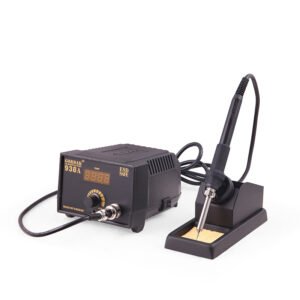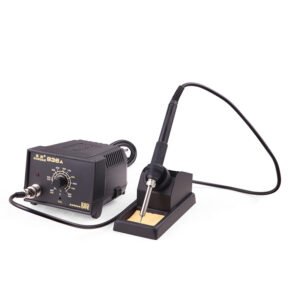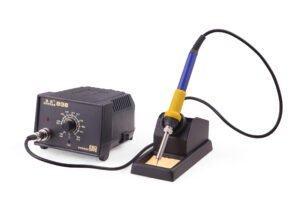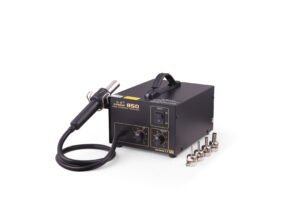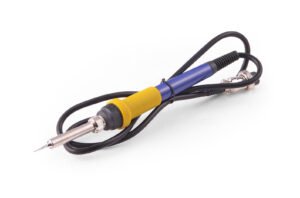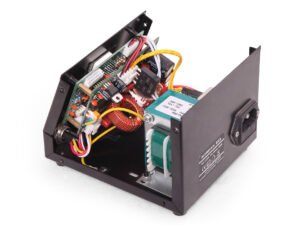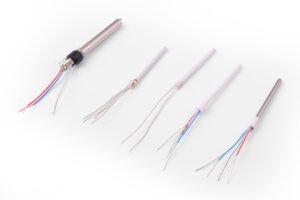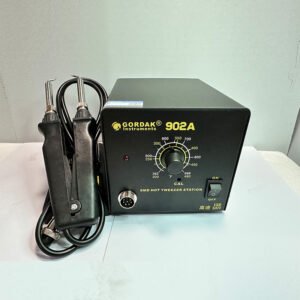
What Is The Use Of A Soldering Station?
Have you ever wondered what the specific use of a soldering station might be? Making sure you are aware of the different uses of soldering devices is hugely important to help ensure you have the necessary equipment to hand. In line with this thought, today, we’re looking at what soldering stations are to help you decide whether they might be the most appropriate investment for your workspace. What Are Soldering Stations? First of all, before looking at the potential uses of soldering stations, it’s worthwhile that we clarify what these are specifically. Simply put, soldering stations are a type of soldering device that can be used to join materials, components, and various metals together. Soldering stations come in a range of different types and designs, allowing them to provide several different methods to help bond materials and components together. Perhaps the most commonly used variety here is the fixed temperature soldering station (which only heats up to a pre-set temperature); however, variable temperature solder stations are also available, which allow users to adjust the temperature of the soldering iron for greater control and more precise application of solder. These are typically best suited for more complex or intricate projects. What Can Soldering Stations Be Used For? Now that we’ve briefly considered what soldering stations are, we need to look at how they can be used. Of course, there are several possible ways that you can use soldering stations in your projects; perhaps the first thing that usually comes to mind is the role of soldering in electronic applications. However, while that is arguably still the most common use of soldering stations, they can also be used to join materials together, seal joins, and sometimes even carry an electrical current. Typically, soldering is less strong than welding, but it offers the benefit that it is far more precise. As a result, soldering is primarily used to attach and join electrical components such as wiring, capacitors, batteries and inputs. Soldering is hence used in the vast majority of electrical products, such as computers, radios, televisions, and motherboards; however, it is also used in heating and plumbing applications, air conditioning, and even in some jewellery manufacturing applications. Soldering also has a wide range of uses, far beyond joining alone. It can also be used to seal joins or spaces between materials; in addition, it is sometimes used to help seal pipe work plumbing. As such, it’s safe to say that soldering stations can be incredibly practical products overall. Find Your Ideal Soldering Station Today By now, we’ve looked at some of the key things you need to know about soldering stations and how they work. However, if you’ve been feeling unsure about whether a soldering station might be the right option for your needs, our experts will be on hand to help. So, why chance it? Contact us today at info@gordakelec.com to find out more about our soldering solutions and how they might work for your needs.

